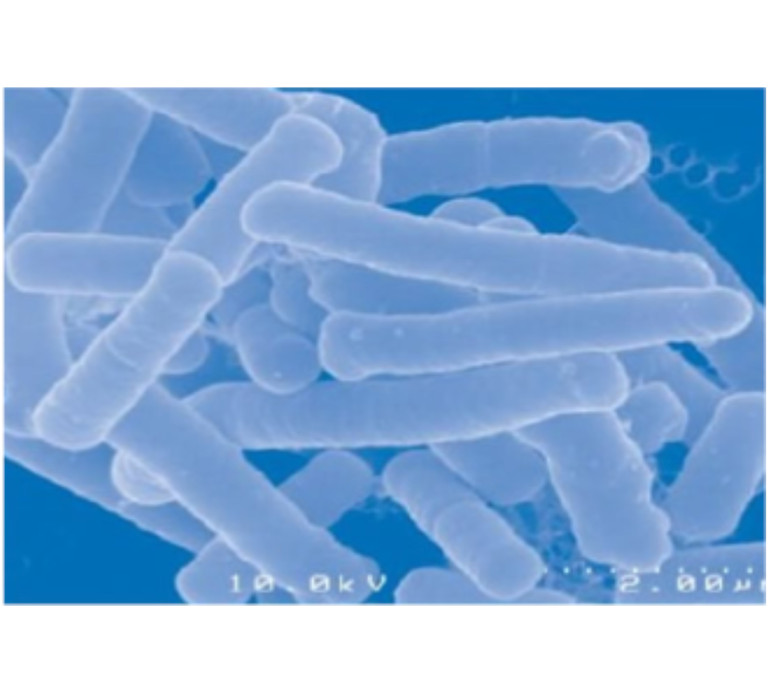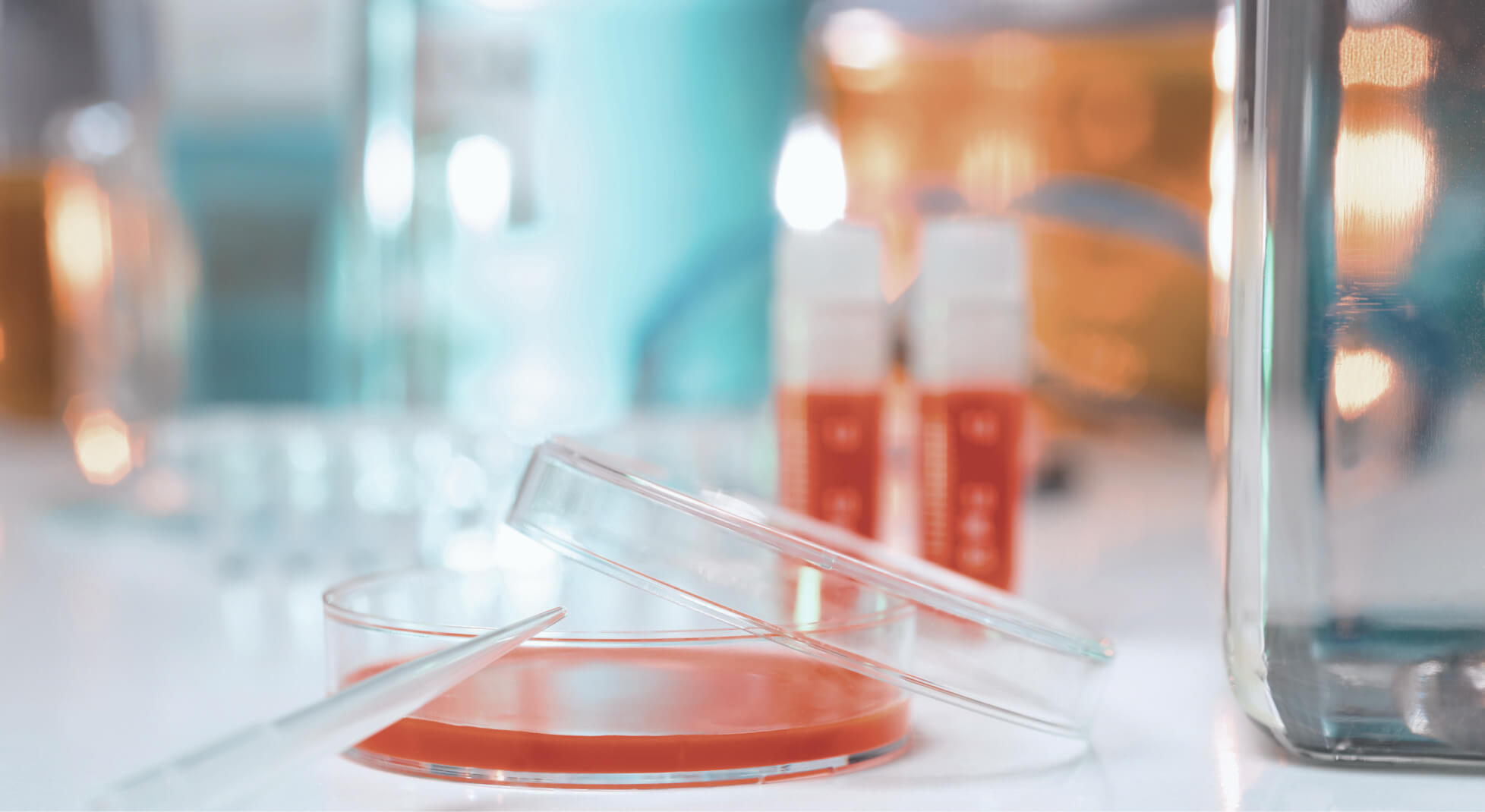Enzymatically Hydrolyzed proteins are commonly used in bacterial media formulations to provide a rich source of complex nitrogen, carbon, peptides, carbohydrates, and amino acids necessary to provide reliable growth of microorganisms.
As media formulations have evolved, so have requirements for nitrogen sources to be animal-free, kosher, non genetically modified, and allergen free solutions. Based on several protein sources, a variety of commercial peptones have been developed.
Through careful evaluation of the different peptone sources, one can select the ideal choice for optimal growth. Such a study was performed and reported in the following experiment:

Methodology: Cultures were grown in liquid media using the various peptones obtained from Nu-Tek Bioscience in their formulations, with amounts based on the total percent nitrogen. During this time, the absorbance at 600 nanometers of the cultures was monitored at certain time intervals using a spectrophotometer. This allowed for the data to be plotted and compiled into comparative growth curves.
Lactobacillus acidophilus
- Microaerophilic bacterial species commonly added to dairy products as a probiotic
- Probiotics are “live micro-organisms, which when consumed in adequate amounts, confer a health effect on the host” – WHO/FDA
- Can help balance the gut microbiome, imbalances in which can cause disease
MRS Base:
- (2X Solution, 500mL)
- 8g Beef Extract
- 4g Yeast Extract
- 20g Glucose
- 1mL Polysorbate 80
- 2g K2HPO4
- 5g NaAcetate – 3H2O
- 2g Ammonium citrate
- 0.2g MgSO4 – 7H2O
- 0.05g MnSO4 – 4H2O
-Autoclave, then mix 1:1 w/ peptone solution for media
Lactobacillus acidophilus is a commonly used probiotic. The data was taken from cultures of L. acidophilus ATCC#314 grown in an MRS broth media in anaerobic conditions at 37° C.
| Peptone Amino Nitrogen and Total Nitrogen: | ||
| Peptone | % TN | AN/TN Ratio |
| Nu-Tek Soy 1 | 7.6% | .408 |
| Nu-Tek Soy 2 | 7.6% | .434 |
| Nu-Tek Soy 3 | 7.3% | .411 |
| Nu-Tek Soy 4 | 8.1% | .420 |
| Nu-Tek Soy 5 | 8.6% | .360 |
| Nu-Tek Pea | 12.4% | .452 |
| Competitor 1 | 9.2% | .250 |
| Competitor 2 | 9.2% | .217 |
| Competitor 3 | 10.2% | .235 |
| A Truly Meat-Free Media Formulation? |
||||
| Nu-Tek Soy 1 Peptone | Nu-Tek Pea Peptone | |||
| Amino Acid | Free (mg/g) | Total (mg/g) | Amino Acid | Free (mg/g) |
| Aspartic Acid | 6 | 45 | Aspartic Acid | 14 |
| Cysteine | NA | 5 | Cysteine | NA |
| Serine | 9 | 30 | Serine | 8 |
| Tyrosine | 5 | 15 | Tyrosine | 2 |
| Glutamic Acid | 15 | 85 | Glutamic Acid | 2 |
| Valine | 8 | 20 | Valine | 18 |
| Glycine | 2 | 20 | Glycine | 3 |
| Methionine | 4 | 5 | Methionine | 1 |
| Histidine | 6 | 15 | Histidine | 6 |
| Lysine | 16 | 30 | Lysine | 19 |
| Arginine | 14 | 40 | Arginine | 2 |
| Isoleucine | 9 | 20 | Isoleucine | 17 |
| Threonine | 5 | 20 | Threonine | 11 |
| Leucine | 19 | 30 | Leucine | 35 |
| Alanine | 5 | 20 | Alanine | 10 |
| Phenylalanine | 11 | 20 | Phenylalanine | 20 |
| Total | 137 | 445 | Total | 168 |
Conclusions:
- With the removal of beef extract from the MRS base media, the different peptones exhibit varying amounts of growth reduction.
- Some peptones exhibit no change in growth when beef extract is removed from the media. This confirms a completely beef free media is possible for L. acidophilus.
- Tryptophan, Glutamate, and RNA in appropriate concentrations each had insignificant impact on growth on MRS Pea substituted media with no beef extract.
Future Work:
- Continue work with B. infantis
- Continue to investigate the removal of beef extract
- X. campestris
- Insect cell culture
- Capillary electrophoresis
- Lactobacillus bulgaricus
References:
BD Bionutrients Technical Manual. 3rd ed. N.p .: Beckton, Dickenson, 2006.
Butel, M. J. (2014). Probiotics, gut microbiotaand health. Médecine Et Maladies Infectieuses, 44(1), 1-8.
Acknowledgements:
- UST Chemistry Department
- Nu-Tek Bioscience
Jennifer FitzGerald, Maddy Riemenschneider, Hailley Cound, Thomas C. Marsh, Ph. D Chemistry Department, University of Saint Thomas, St. Paul, MN
